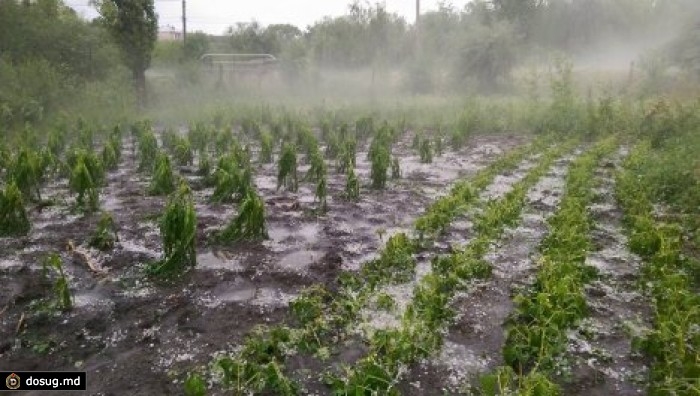Traders' attention is focused on weather conditions in Argentina and Brazil

Weather conditions in the major grain producing countries remain generally favorable. However, traders are now focused on the weather in Argentina and Brazil, where high crop potential has been established. At a crucial stage, it is important that weather conditions allow for record soybean and corn harvests.
Argentina, after three weeks of heat and drought, received scattered showers over the weekend. This lowered temperatures and reduced stress on plants, but the amount of rainfall was less than needed. The western regions, particularly Cordoba, continue to have better crop conditions than the eastern regions. Additional light rainfall is forecast for the coming week, which should help corn and soybeans develop. At the same time, temperatures will remain at 28-30°C, which will lead to faster moisture loss and reduced yield potential.
In central Brazil, on the other hand, excessive rainfall continues, delaying the harvesting of early soybeans and the planting of the second corn crop. However, rainfall has eased this week, allowing for a slight acceleration in the pace of harvesting. In the southern regions, rainfall has been much lower, creating favorable conditions for field work.
No reduction in precipitation is forecast for the next 7-10 days, which is a concern as some soybeans may start to germinate in pods, which will affect the quality of the crop. It is important that the rains stop in February so that farmers can plant the second crop of corn in optimal time. Delayed soybean harvest in Brazil supports speculative growth in soybean prices.
In the USA, especially in the South, a snow cyclone swept through at the beginning of the week with short-term frosts down to -20°C, which could damage part of the winter wheat crops that had no snow cover. This slightly increased wheat prices. In the Midwest and the Central and Southern Plains of the USA, snowfalls contributed to an increase in moisture reserves and an improvement in the condition of wheat crops and other crops. Forecasts for 7-10 days predict an increase in temperatures to -5...+5°C without significant precipitation, which may reduce speculative pressure on quotes.
Western Europe continues to experience wet weather with frequent rainfall, which is helping to increase soil moisture levels, particularly in Spain, and improving crop prospects. However, France and the UK no longer require additional rainfall. Eastern Europe remains dry, with only scattered light rain expected.
Warm weather prevailed in Ukraine this week with temperatures around 0°C, without significant precipitation. Soil moisture deficit is increasing, and forecasts do not predict precipitation for the next 7-10 days. If precipitation does not increase in February-March, the yield potential of spring crops may decrease due to insufficient moisture in the meter layer of soil.
In the Russian Federation, the main growing regions received sufficient rainfall. However, some southwestern regions received insufficient moisture during the winter months, which leads to a decrease in wheat yield forecasts compared to last year.


